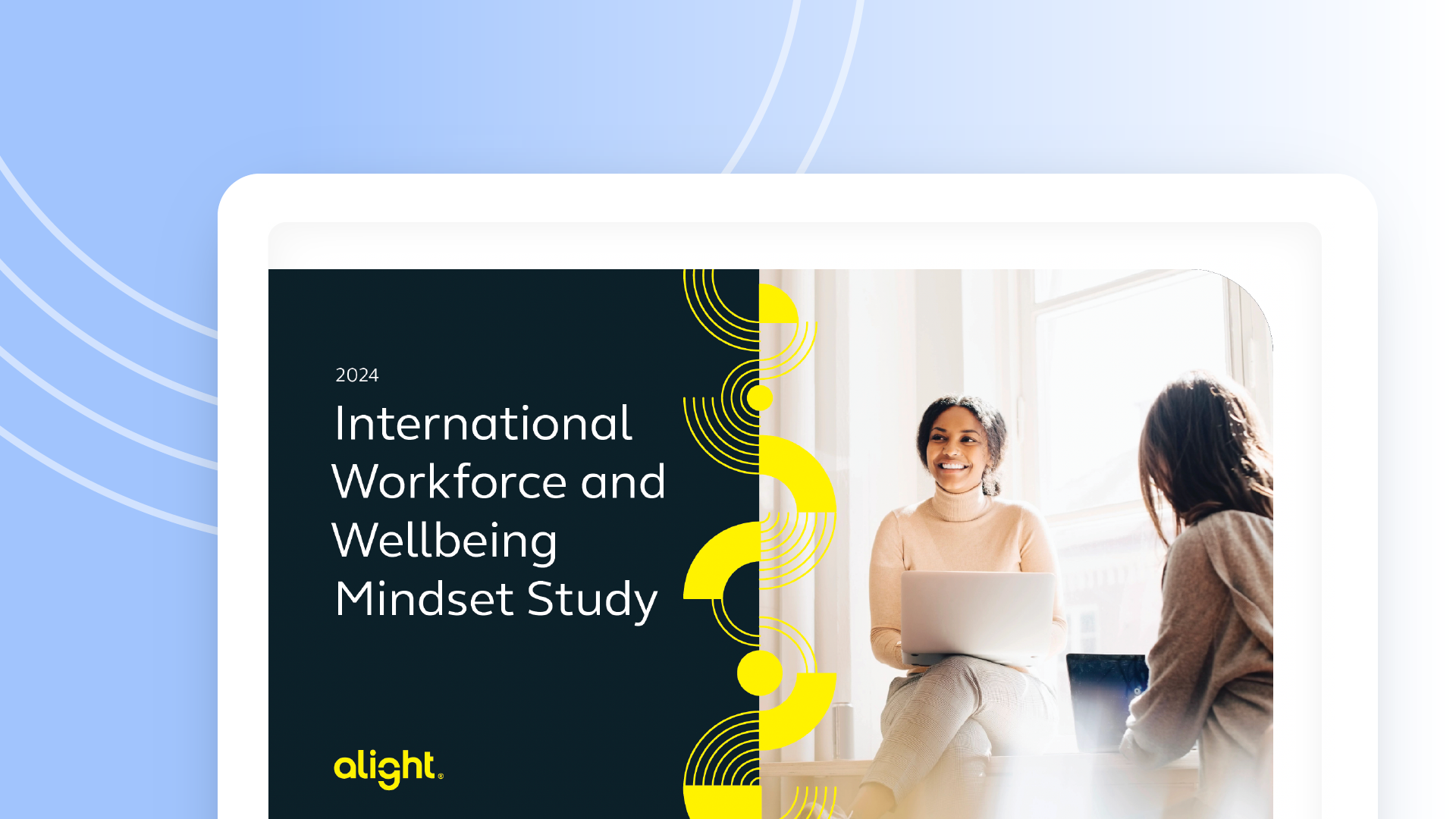
Communication is a crucial component of the employee experience and benefits engagement. From the moment a potential candidate even considers the possibility of employment with an organization, it is important that the employer ensures they continuously engage that individual. Beginning with chatbot pop-ups answering questions from someone perusing a careers page to the deep relationships cultivated with managers and co-workers, communication plays a critical role throughout the employment journey.
Top-down communication is of heightened importance because it often covers such weighty subjects as management changes, organizational restructuring or reductions in force — although it can also be to celebrate wins and recognize hard work. Regardless of the news being shared, communication is absolutely key to creating connections, fostering trust and driving business success. Without it, the culture an organization worked so hard to create can quickly become severely damaged. Many organizations have a long way to go in meeting employees’ communication expectations, especially when it comes to benefits engagement.
When employees feel they’re being kept in the dark, rumors begin to circulate — often with detrimental effects to morale, productivity and retention.
According to the 2024 Alight International Workforce and Wellbeing Mindset Study, just 55% of employees say their employer does a good job communicating with the workforce overall and only 57% believe the communication they receive is open and honest. Remarkably, nearly one-third (32%) of employees aren’t confident that they know where to find information on pay, benefits or human resources topics.
Communication’s impact on talent
Despite ongoing rumblings about a potential recession, employees are still firmly entrenched in the driver’s seat. Unemployment remains at a 50-year low, the labor market is tight and many employers are struggling to hire or retain enough people to keep operations running smoothly.
Regardless of what direction the economy ultimately takes, employers have much to gain by retaining their best workers. Yet, it’s no secret that those with the most desirable knowledge and skills will always be in demand by the competition. Therefore, employers should be looking at the factors that would cause their top performers to consider leaving.
One thing we know to be true is among employees with one foot out the door — those actively looking and those who would consider leaving if someone came knocking — just four in 10 consider their current employer’s benefits and wellbeing communications effective or relevant, compared to 63% of those with no plans to leave. So, if you’re worried about retention, you should look for ways to improve your benefits communication to tell a better story.
Employers’ failure to effectively communicate with employees during critical times like onboarding is evident in Mindset data, with less than half (49%) of recent hires reporting an awesome or great experience. Notably, the same percentage of new hires say their company’s pay, benefits and wellbeing communication is effective. It could be just a coincidence, but once again, the same percentage (just 49%) feel inspired to give their best at work. This is incredibly concerning and should spur action among employers seeking to boost productivity and engagement with their benefits.
Ghosting among new hires is at an all-time high, especially among Generation Z, with a staggering 87% of Gen Z job seekers admitting to not showing up on their first day of work. At this pivotal time, employers must focus not only on making these new members of their workforce feel welcome, but also on engaging them in their benefits and increasing utilization of wellbeing programs.

2024 Alight International Workforce and Wellbeing Mindset Study
The study’s goal is to understand employee perceptions to help employers optimize their employees’ wellbeing and experiences to improve engagement, productivity and performance.
More communication? Yes, please!
It’s easy to assume the last thing people want is more emails, but just 40% of employees overall say they are overwhelmed by the amount of communication they receive from their employer. In fact, lower-level employees are much less likely to feel their employer is communicating too much.
Think the amount of employer communication is overwhelming
|
Senior Management
|
70%
|
|---|---|
|
Middle Management/Supervisory
|
45%
|
|
Individual contributor
|
24%
|
|
0
100
|
Our data also shows that three-quarters of employees who receive wellbeing information via email find it valuable. And while digital-first communication is the accepted practice, print isn’t dead. In fact, 83% of employees who have a wellbeing newsletter sent to home find that valuable. Employees need more and a multi-channel campaign to provide education and promotion is worth the effort.
Eliminating communication challenges
We know that employers are still investing in their benefits offerings, but employees aren’t recognizing the array of wellbeing programs and support services that are available to them. The key to making that connection clear is a more personalized, targeted approach that engages people in their benefits, drives smart decision-making and helps them live their best lives at work and at home.

As revealed in the Mindset data, communication is a key factor in accomplishing this goal. By educating the workforce about their benefits and encouraging engagement with them, employers not only drive greater utilization, but boost employee appreciation for the investment being made in them.
Alight offers numerous communication and digital solutions across the benefits and wellbeing spectrum. We can help amplify a holistic benefits experience in health, wealth, leaves, navigation and enrollment services with expert communication strategies and campaigns to help people understand, value and utilize their benefits to the fullest.
To assist employers in communicating effectively across their most pressing business issues and critical benefit events, Alight offers several Business Service Packages designed to maximize an organization's benefits strategy with data-driven insights, tailored communication plans and innovative multimedia solutions to enhance employee value and drive better business outcomes at key junctures. These include:
- Annual enrollment
- New hire and onboarding
- Mergers and acquisitions
- Program promotion
- Consulting and advisory
Clearly, employer communication efforts are coming up short in the eyes of the workforce. Through simplified messaging focused on outcomes, business problems and value, Alight helps employers create exceptional, personalized benefits engagement that eliminates communication challenges and boosts benefits utilization and appreciation, while reducing turnover and improving productivity.


